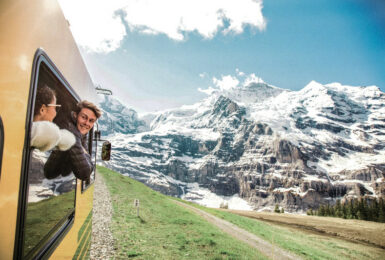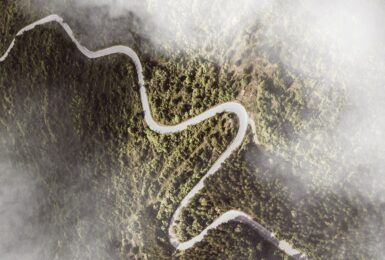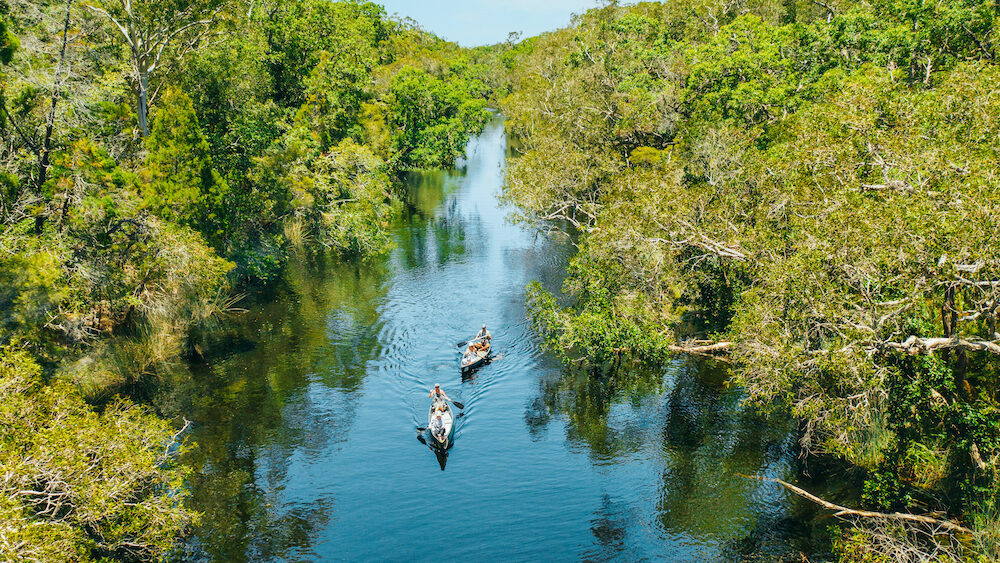
Editor’s Note: In Jan 2022 Contiki went carbon neutral. It took a lot of work, and hey, we were pretty proud. But no one ever changed the world by staying neutral – the science has spoken and we know we need to do more. That’s why we’re changing gears, from carbon neutral to Net Zero. What’s the difference? Here’s everything you need to know.
Carbon neutral. A term we’ve probably all heard, but how many of us really know what it means? How about carbon-offsetting? Carbon credits? When it comes to protecting our planet and combating climate change, we know we’ve got work to do, and there’s a lot to unpack – including how we make sense of the lingo.
Before we get into it, it’s important to note – Contiki doesn’t view carbon offsets as the only solution to addressing climate change. This plays a part – no doubt. But it’s through our Climate Action Plan that we’re investing in the development of carbon removal solutions and setting ambitious greenhouse gas (GHG) reduction targets. We commit to continually evolve and work with our industry to transition to the low-carbon future that our world needs.
That’s why from January 1, 2022, Contiki will be carbon neutral, including all of our trips. What’s more, the cost to offset is on us!
1. As of January 1, 2022, Contiki will be carbon neutral. What does that mean?
Carbon neutral is a state of balance – once you’ve reduced emissions as far as possible, you balance the unavoidable emissions that are emitted with the same amount of emissions reduced elsewhere. The result is zero. Neutral.
At Contiki, we do this by carbon offsetting and purchasing verified carbon credits from our partner, South Pole. There is no cost to you.
2. What does a carbon neutral trip mean?
A carbon neutral trip means we’ve measured the emissions from all the included transport, meals and accommodations of your trip and will ensure the equal amount of emissions are reduced through investments in clean wind power, forest conservation and waste-to-energy projects– resulting in a balance between carbon emitted, and carbon reduced.
At Contiki, our carbon neutral trips are backed by a larger Climate Action Plan that focuses on reducing emissions first.
3. What is climate change?
Climate change is directly linked to an increase in greenhouse gas (GHG) emissions in the atmosphere. We know climate change is real and its effects will change how and where we live and travel. It is all of our responsibility to reduce our emissions as much as possible, and to support the transition to a low-carbon future.
4. And what is Contiki doing about climate change?
A necessary next step for Contiki’s environmental commitments as outlined in our sustainability strategy, How We Tread Right, is to begin to address our emissions through a multi-year carbon strategy – this is our Climate Action Plan.
5. What are carbon credits?
Carbon credits are verifiable emission reductions from certified climate action projects. One carbon credit is roughly equivalent to one tonne of GHG emissions reduced. When verified by reputable bodies such as the Verified Carbon Standard or Gold Standard, we are guaranteed these projects help reduce or avoid GHG emissions. Anyone can buy carbon credits to compensate for their carbon footprint. Interested in more? Check out our offset partner, South Pole.
6. What is a carbon footprint?
A carbon footprint is the total amount of carbon dioxide that gets emitted into the atmosphere as a result of the activities of an individual, a business, community, product or service.
7. How did Contiki measure the carbon footprint of its trips?
We worked with an independent consultant, Synergy Enterprises, to build a customised Trip Carbon Calculator to measure the emissions associated with our trips. We measured 40+ trips across all regions we travel to. This provided us with an average footprint to offset every Contiki trip per day, per passenger. We then cover the cost to offset the trips.
8. What did you include and exclude in your trip offset?
We go into this methodology in more detail in our Climate Action Plan. The below is a top line summary.
What’s included within our trip offset:
- Transfer emissions: this includes emissions from all forms of transportation during your Contiki trip
- Accommodation emissions: this is based on the average energy consumption by room type
- Meal emissions: these have been calculated based on two main factors – buffet vs. non buffet and vegetarian vs. non-vegetarian meals
What’s not included within our trip offset:
- Flights to and from your destination (we explain how you can offset this below)
- All pre and post services not included in the base price of your trip (e.g a hotel night you include before or at the end of your trip)
- Emissions produced by facilities or buildings we visit on our trips (ie.museums)
- Meals you purchase on your trip
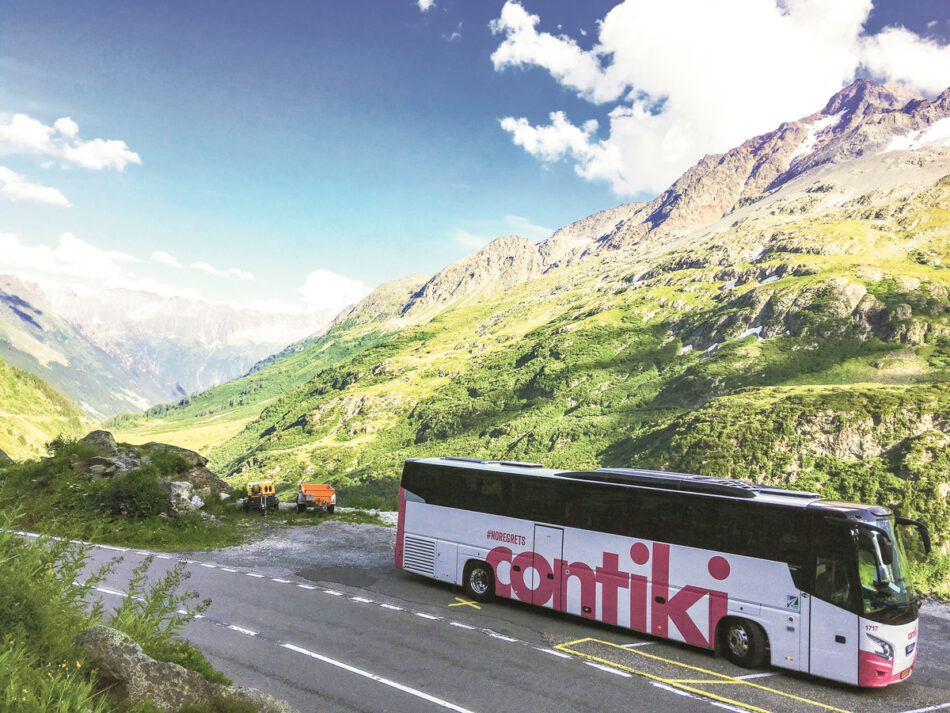
Image source:Contiki
9. Why doesn’t the offset include my flight to and from my destinations?
Our offset does not include your flight to and from your destination which is arguably the most impactful in terms of emissions. This is because our travellers come from all corners of the globe, with a lot of variation in distances and ways of travelling – and ultimately each traveller is responsible for their own travel to and from the trip starting point.
Keep in mind you can do simple things to reduce the impact of your air travel – book economy and book direct flights which have a smaller carbon footprint. Some airlines also have programs to address the carbon footprint of their flights
10. How do I offset my flight to and from my destination?
We encourage you to measure the emissions from your flight and offset this amount with our partner South Pole’s Flight Calculator. They provide travellers with a variety of verifiable carbon offset projects to choose from.
11. How else can I reduce my carbon footprint when I travel?
Travel by coach
Coaches are proven to emit fewer GHGs, per passenger, than trains or cars
Use a recyclable water bottle
Protect the planet, go plastic-free! Plastic is the number one threat to our marine environments and over 70% of plastic water bottles end up in landfill. Our foldable, travel-friendly water bottles remove 99.95% of bacteria, and we subsidise 50% of the cost of every bottle we sell – because we don’t want travellers to purchase a single-use plastic bottle ever again
Use public transport
Check ahead to see if there’s public transport or a shuttle available to help you get from the airport to your accommodation – it means fewer cars on the road, and fewer GHGs!
Eat more veggies
Meat production is the primary source of methane emissions – a greenhouse gas 86 times more potent than carbon dioxide. When you’re travelling, why not try a new vegetarian or vegan dish? Check out our Contiki vegan trip for inspo

Image source:Contiki
12. What is carbon offsetting?
Greenhouse gas emissions are measured in tonnes of carbon dioxide equivalent (tonnes CO2e). Tonne for tonne, we measure the emissions our trips produce, and invest in projects that have reduced the same amount of GHG emissions. These might be wind farms, protecting carbon sinks like forests, or waste-to-energy projects that take harmful emissions and convert it to clean energy. Carbon offsets are sold in the form of credits (see Q5), which are regulated by an international market. Once sold, a credit is retired from the market and cannot be sold again.
13. Doesn’t carbon offsetting have a bad rep?
The carbon offset market has come a long way from some of the early issues that led to skepticism. As such, Contiki will not support any project that has not been verified by a reputable international standard, such as Gold Standard, or Verified Carbon Standard or validated as an Australian Carbon Credit Unit. Contiki has partnered with South Pole as our carbon offset provider. South Pole will retire our credits once purchased, provide us certificates as proof, and ensure true carbon reductions are made.
14. What are Contiki’s carbon offset projects?
We have three. They all prevent the release of CO2 into the atmosphere. Each project is independently verified by our leading offset provider, South Pole, to ensure true carbon reductions are made, and offers co-benefits to the local communities.
Forest Conservation in Australia
This project rehabilitated over 20 hectares of cleared lands, protecting a total of 200 hectares which stores carbon and prevents it from being released.
Biogas Energy in Thailand
This project rehabilitated over 20 hectares of cleared lands, protecting a total of 200 hectares which stores carbon and prevents it from being released.
Renewable energy in USA
Crow Lake Wind Farm that at capacity can supply clean energy for 129,000 homes
Read about our projects in more detail here
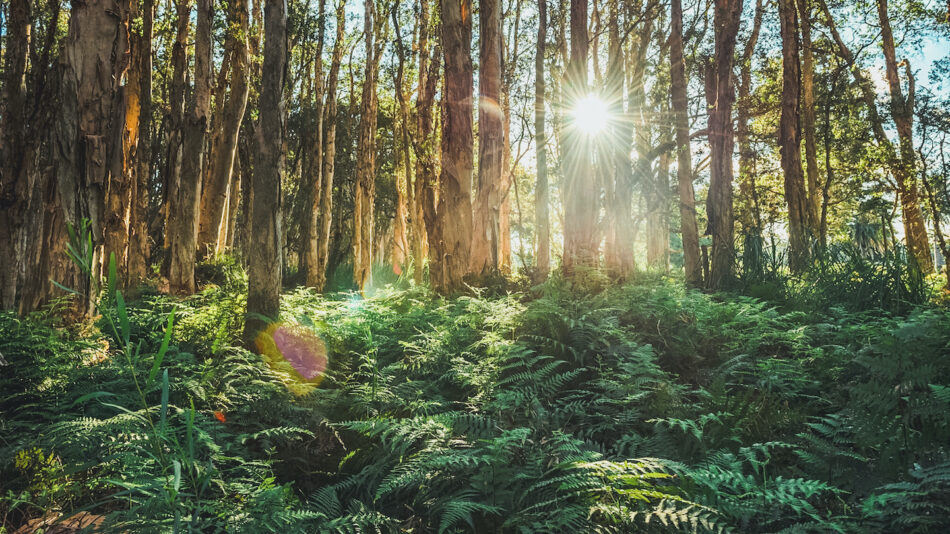
Image source:Contiki
15. Am I paying more for a carbon neutral trip?
No! We’re covering the cost.
16. Do I have to opt into carbon neutral trips?
Nope. All Contiki trips departing on or after January 1, 2022 will be carbon neutral, you don’t have to opt in! This is a part of our overall climate commitment.
17. What’s the difference between carbon offset projects and carbon removal projects?
Carbon offsets only prevent or reduce emissions from entering the atmosphere. This is important and of course comes with great co-benefits for local communities (i.e access to energy, local employment, critical support for biodiversity etc.)
However, carbon removal is meaningful and considered by many to be the future. It will be very difficult to meet ambitious climate change mitigation goals without large-scale carbon removal. That’s why we’re so thrilled that through our TreadRight Foundation, we’re investing in two developing carbon removal solutions.
18. What carbon removal projects are you investing in?
GreenWave – Regenerative Ocean Farming (Connecticut, USA)
GreenWave is a regenerative ocean farming organisation studying how kelp can be added to soil to increase its carbon storage potential while decreasing harmful nitrous oxide emissions on regenerative land farms.
Project Vesta – Using Olivine to Reverse Climate Change
Project Vesta’s mission is to harness the power of the oceans to remove a trillion tonnes of excess carbon from the atmosphere. Project Vesta will do this by taking olivine, a readily available green volcanic mineral, and placing it on the beach. Here, wave action will speed up the carbon dioxide capture process and de-acidify the ocean. It’s both a highly affordable and scalable solution to addressing climate change.



